Who needs bumper stickers?



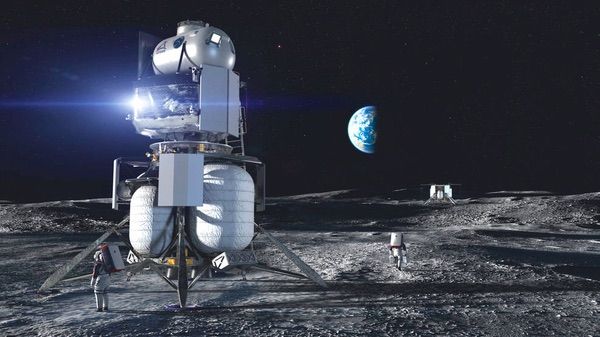
It’s been a long time since there’s been anything like “regular order” in the congressional appropriations process: individual bills passed by the House and Senate, their differences resolved in conference to produce a final version that’s signed into law before the beginning of the fiscal year October 1. Instead, there are usually stopgap funding bills, called continuing resolutions, that extend for weeks or months before a massive omnibus bill, combining up to a dozen different bills, is eventually passed.
Fiscal year 2021 is not going to be the year regular order returns to the appropriations process. The pandemic took hold in the early phases of the appropriations process, just as Congress was starting its usual series of hearings on various parts of the administration’s budget proposal released in early February. Congress instead devoted its attention to series of relief packages during the limited time it was in session this spring.
With no hearings about NASA’s budget proposal by either House or Senate appropriators, the first sign of their views about the agency’s budget had to wait until a few weeks ago. On July 7, the House Appropriations Committee released its draft of the commerce, justice, and science (CJS) spending bill that includes NASA. That bill provides $22.6 billion for NASA, the same amount the agency received in 2020. The White House, by comparison, asked for $25.2 billion for NASA.
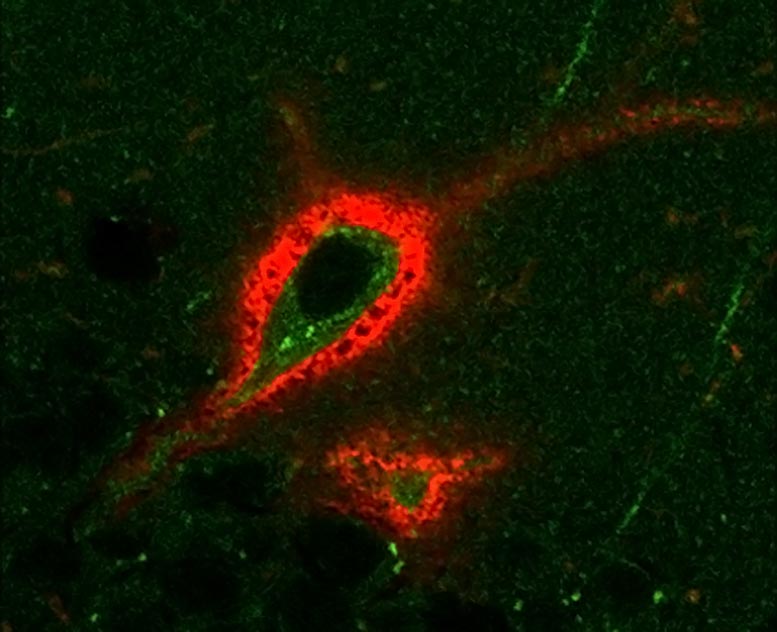
Scientists uncover a potential mechanism behind sleep-induced memory changes.
The morphing structure of the brain’s “cartilage cells” may regulate how memories change while you snooze, according to new research in eNeuro.
Sleep lets the body rest, but not the brain. During sleep, the brain accounts for a day of learning by making strong memories stronger and weak memories weaker, a process known as memory consolidation. But changing memories requires changing synapses, the connections between neurons. Sleep-induced changes need to overcome perineuronal nets, cartilage-like sheaths that not only surround and protect neurons, but also prevent changes in synapses.
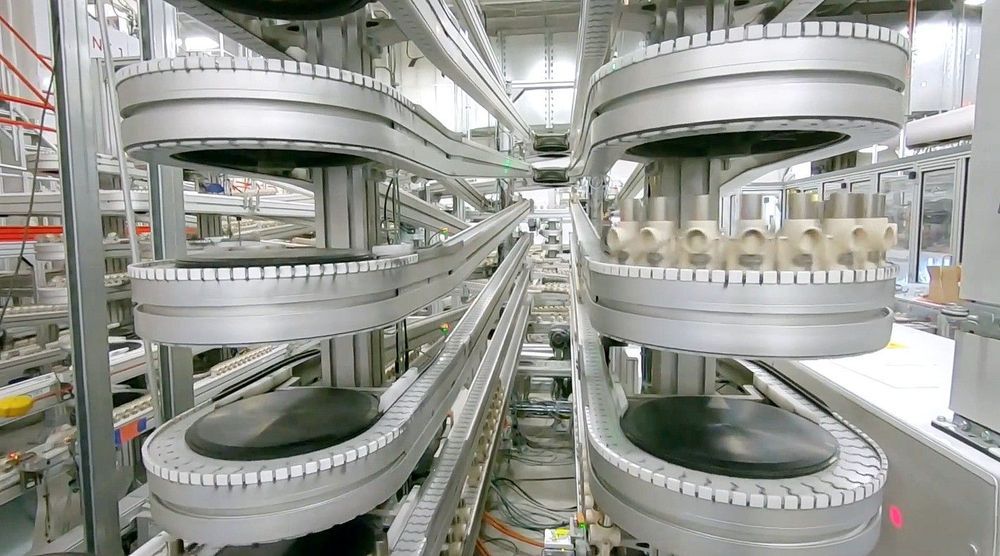
During the second quarter earnings call, Elon Musk called on miners to efficiently mine more nickel. According to Musk, nickel miners could be assured of massive contracts with Tesla, provided that their mining practices are efficient and environmentally conscious. If recent reports are any indication, it appears that a Canadian mining company has recently answered the CEO’s call.
In a statement to Bloomberg, Toronto-based Canada Nickel Co. stated that it is poised to build a facility that has the capability to process zero carbon nickel. The need for such a product was highlighted by Canada Nickel Chief Executive Officer Mark Selby to the publication. “The electric vehicle chain and broader market in general is crying out for zero-carbon product,” he said.
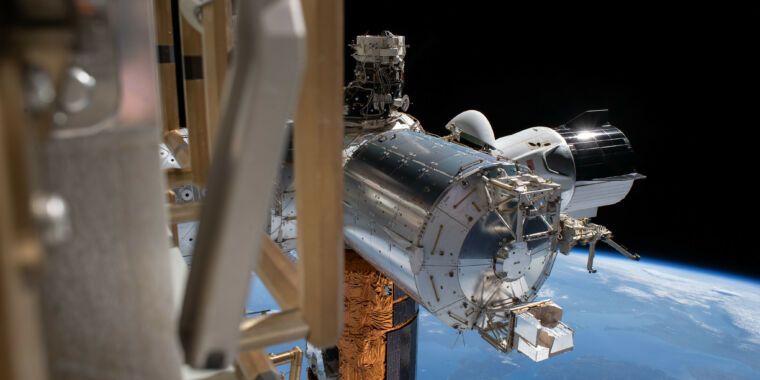
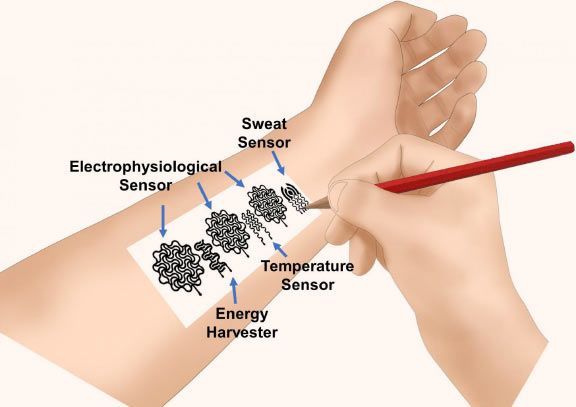
Scientists from the University of Missouri, the University of Illinois and Yale University have demonstrated that a combination of pencils and paper could be used to create on-skin bioelectronic devices that might be used to monitor personal health. They’ve fabricated and evaluated a rich variety of pencil-paper-based bioelectronic devices, ranging from biophysical sensors and sweat biochemical sensors to thermal stimulators, ambient humidity energy harvesters, and transdermal drug-delivery systems.
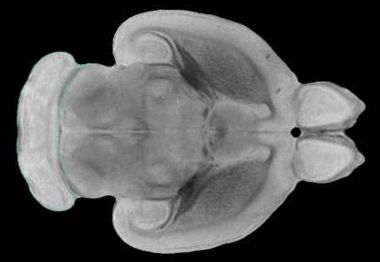
Two groups of nerve cells may serve as “on-off switches” for male mating and aggression, suggests a new study in rodents. These neurons appear to send signals between two parts of the brain—the back tip, or posterior, of the amygdala and the hypothalamus—that together regulate emotions including fear, anxiety, and aggression.
Led by researchers at NYU Grossman School of Medicine, the study showed that male mice struggled to have sex in experiments that blocked signals from one amygdala cell group that communicates with the hypothalamus (MPN-signaling cells). When the same signals were instead bolstered, the animals were not only able to mate but would repeatedly court unreceptive females, something they would not do normally.
Similarly, when the action of a second cell group in the amygdala that also communicates with the hypothalamus (VMHvl-signaling cells) was blocked, the rodents attacked unfamiliar males half as often. When these same neurons were triggered, the mice became unusually aggressive, even attacking their female mates and familiar males.
In the fight against pathogens, most researchers have focused on the diverse immune system arsenal that protects people against infection. However, the lab of Yale microbiologist Jorge Galan explored an evolutionarily ancient defense system possessed by every individual cell in the body.
In work published July 24th in the journal Science, Galan’s lab describes the role played by the mitochondria, the cell’s energy-producing organelle, in creating an anti-microbial compound capable of combatting Salmonella Typhi, the cause of typhoid fever. Using advanced imaging technology, Galan and colleagues show how the compound itaconate, produced in the mitochondria, can penetrate cellular defenses that protect the pathogen and disrupt its metabolism and ability to grow.
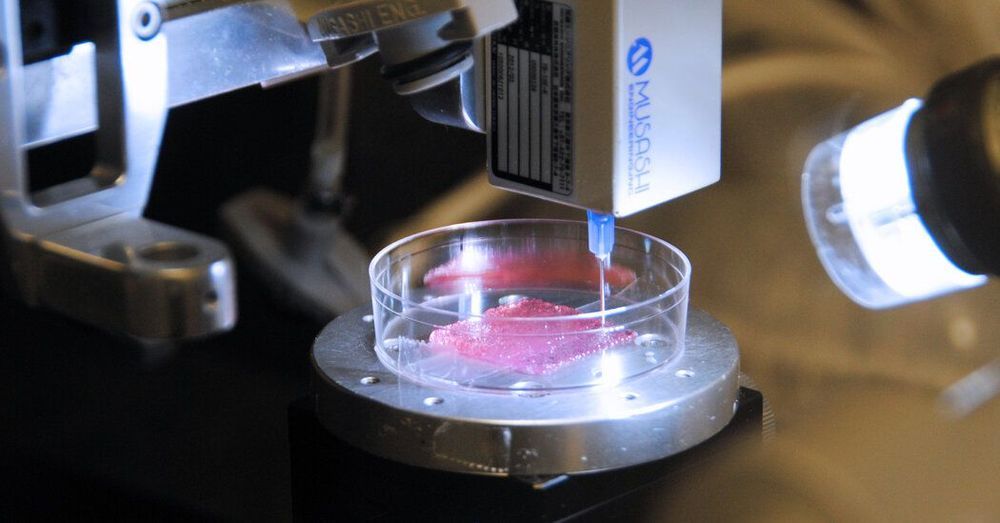
Bioprinting could be used for testing potential treatments for Covid-19, cancer and other diseases.
Bioprinting’s importance for pharmaceutical analysis is paramount now, not only for potential Covid-19 treatments, but also for testing treatments for cancer and other diseases. Dr. Atala says that the organoids allow researchers to analyze a drug’s impact on an organ “without the noise” of an individual’s metabolism.
He cited Rezulin, a popular diabetes drug recalled in 2000 after there was evidence of liver failure. His lab tested an archived version of the drug, and Dr. Atala said that within two weeks, the liver toxicity became apparent. What accounts for the difference? An organoid replicates an organ in its purest form and offers data points that might not occur in clinical trials, he said, adding that the testing is additive to, rather than in lieu of, clinical trials.